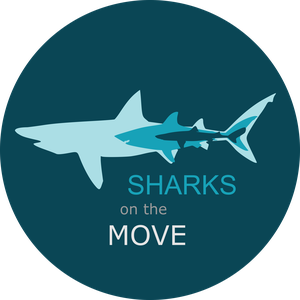Project: Sharks on the Move

| Period | 01. oktober 2021 - 30. juni 2025 |
|---|---|
| Financed by | The Research Council of Norway |
| Partner(s) | IMR, NIVA, UiT, UiO, NORCE, UMiami, CiBIO, UPorto, FDir, Runde AS |
| Projects is lead by | Institute of Marine Research |
Sharks play a key role as predators in the structure and functioning of marine communities. Three of the largest species in Norway, the basking shark, porbeagle and spurdog are considered endangered. However, some of the most fundamental and critical information about their distribution and the drivers of their occurrence are lacking.
We also know little about the overlap between their distribution with areas of intense human activities or in how far the sharks are potentially affected and especially vulnerable in these areas. Increased knowledge of the sharks’ potential habitats in an ecosystem under pressure from fisheries, coastal development and climate change is therefore critical to assessing their vulnerability to these factors.
The project’s objective is to strengthen our understanding of the environmental and ecological drivers of the present and projected distributions of these three shark species in Norwegian waters, using amongst others tagging studies and distribution modelling. We will investigate the effects of human activities by combining information on fishing and aquaculture activities with observed and modelled shark distributions.
The project aims to inform researchers and managers about factors that directly and indirectly affect the distribution of these sharks now and in the future, with a special focus on critical habitats, migration routes, climate change and interactions with fisheries and aquaculture. Identifying hotspots for potential conflicts is crucial for the sustainable management of these vulnerable sharks and their ecosystems, both today and in the light of projected climatic change.
Help us to spot the sharks and better understand their movements in Norwegian waters and beyond!
Register your observation here: Dugnad for Havet
Published: 12.05.2023 Updated: 11.07.2023




